Between working at shops fitting boots, ski patrolling, and ski guiding, I have searched for the perfect touring boot for nearly 15 years. This has involved deep DIY projects, frankenboots, and unnecessary gear tweaking (but it is all kindafun).
I started skiing the Dalbello Krypton in college. While it never had the same edge-to-edge responsiveness and power as my old Lange overlap boots, I was hooked on the smooth suspension and linear flex pattern. I also love how 3-piece boots allow a perfect buckle location for heel retention. Some of these attributes have been adopted into the touring boot market but have not been perfectly executed.
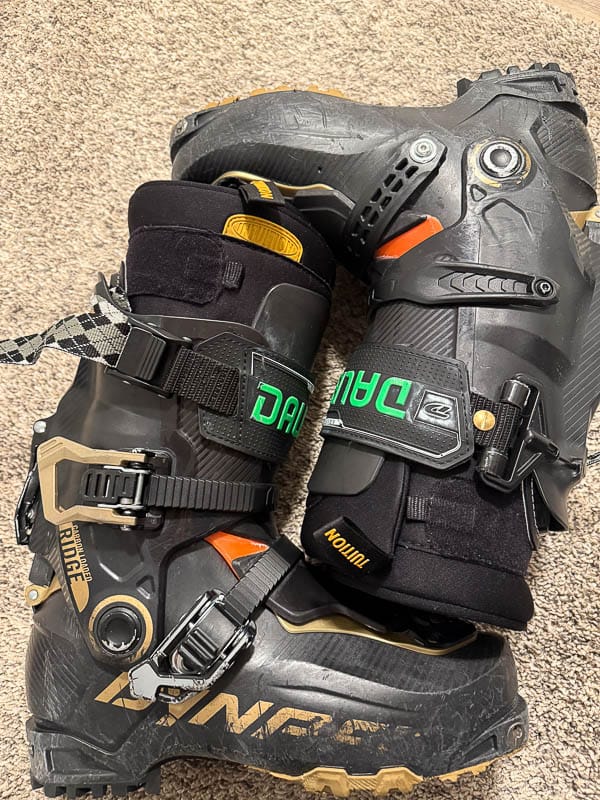
My long-standing favorite touring boot was the Dynafit Vulcan. This boot had many traits that made me a Krypton fan, but there was room for improvement. The walk mode had play. The removable tongue was annoying, and the flex was blocky. However, the fit was great for me, and the magic ankle buckle location was a win.
Dynafit had a series of duds after the Vulcan/TLT6 boots. Remember the Beast boot and the SpeedNose thing? They must’ve fired the wrong person or something. So I tried several other brands: Scarpa, Tecnica, Atomic, and Salomon. All of these companies make great boots, and fit is king. But I never found anything that checked all the boxes. After much trial and error, here are some of my preferences for a do-it-all modern touring boot:
– Quick transitions from walk to ski (read: 4 buckles + a power strap is overkill).
– Good ROM with low friction.
– Ankle strap/buckle to improve heel hold and fine-tune fit.
– Comfortable forefoot/toe box (my toes don’t need to be in a vice in touring boots/circulation is good).
– Non-riveted replaceable hardware.
– Full rubber sole.
– Smooth flex (I would take softer with a nice feel over brick-wall stiff—I’m not sure I like carbon in the cuff)
– No play when in ski mode (Hoji lock for the win!).
– I’m not sold on BOA (especially if it is designed to replace an ankle/heel hold buckle).
– A boot needs to be easy enough to get on and off (some of these lighter boots with super high gaiters instead of a tongue are insane to get on your foot).
– Designed around a fit that works well with a standard selection of aftermarket liners.
– Boots somewhere in the 1200-1500g range can often drive any ski while remaining appropriate for big vertical days.
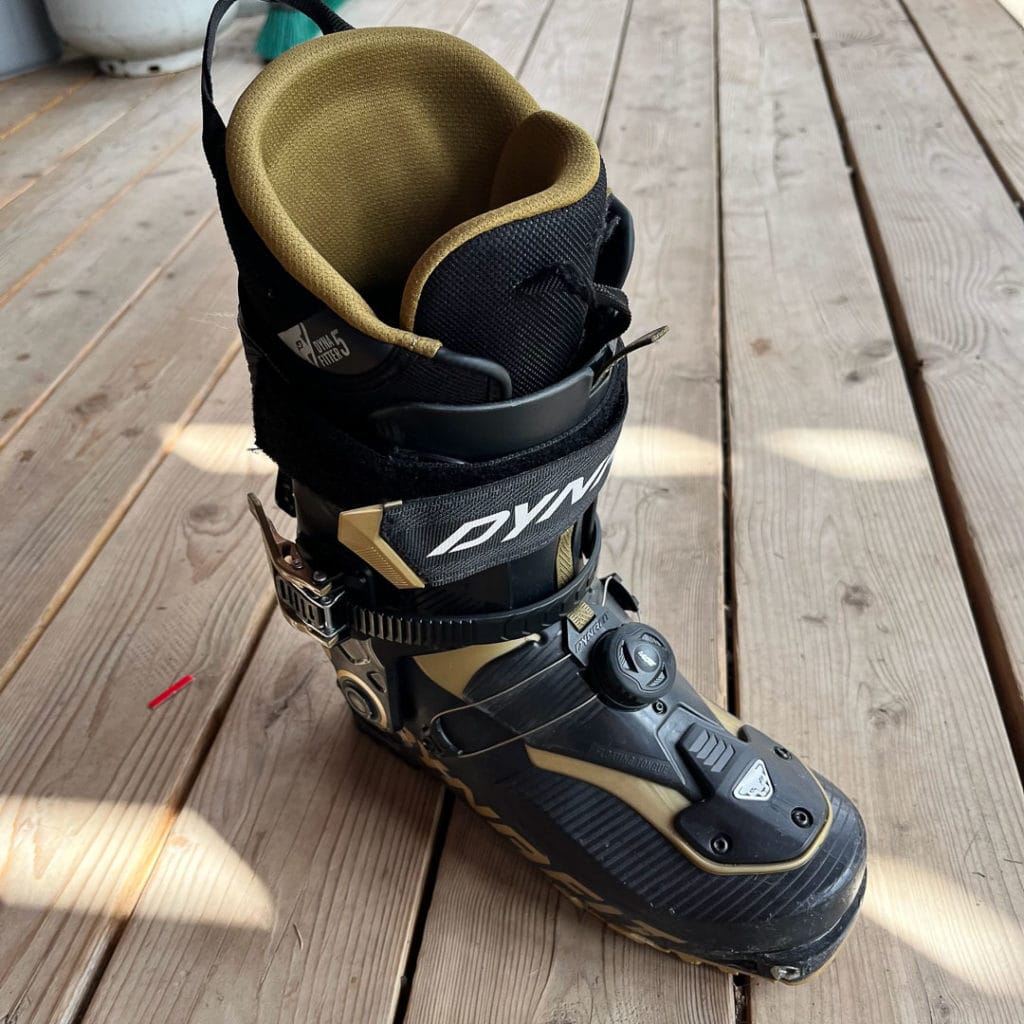
Where Have I landed?
I’ve come back around to Dynafit and landed on the Ridge boot. It has the best touring vs. skiing compromise of any boot I’ve used. However, I still felt compelled to modify a few things to meet my preferences.
– I swapped out the velcro strap for a cam-style strap and integrated it into the Hoji lock system.
– I replaced the liner with an Intuition Tour Wrap.
– I removed the BOA system and put a ratchet strap/buckle in its place. This frankenbooting required a new tongue, which I took from the Radical Pro boot. The heel hold is better with this mod.
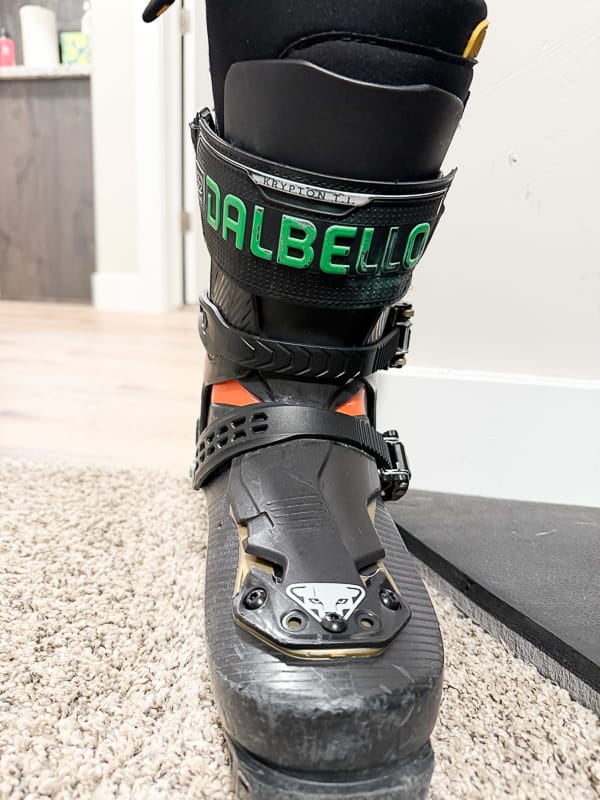
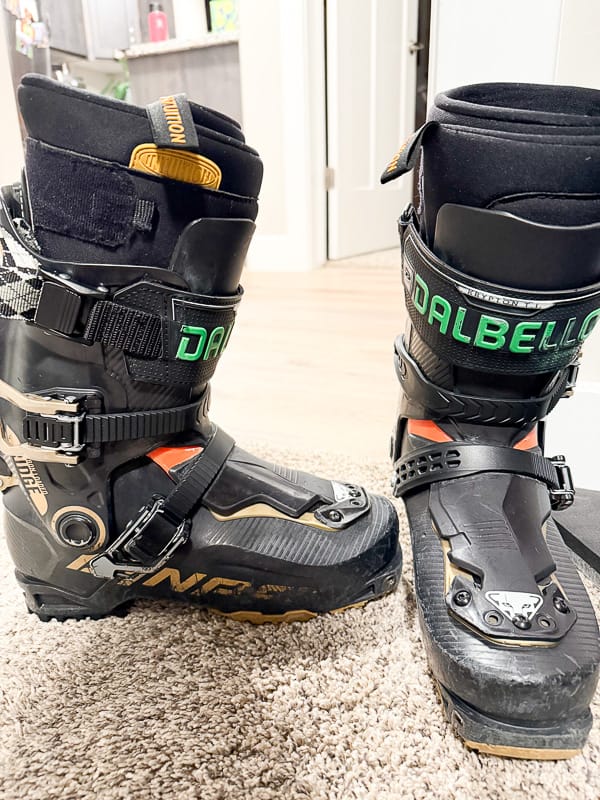
The AT boot market has come a long way. Modern materials, great engineering, and an expanded consumer market have brought us more innovation than any other backcountry-specific ski product. I’m looking forward to the continued evolution of these awkward plastic devices that we stuff our feet in to hike and slide around the mountains day after day.

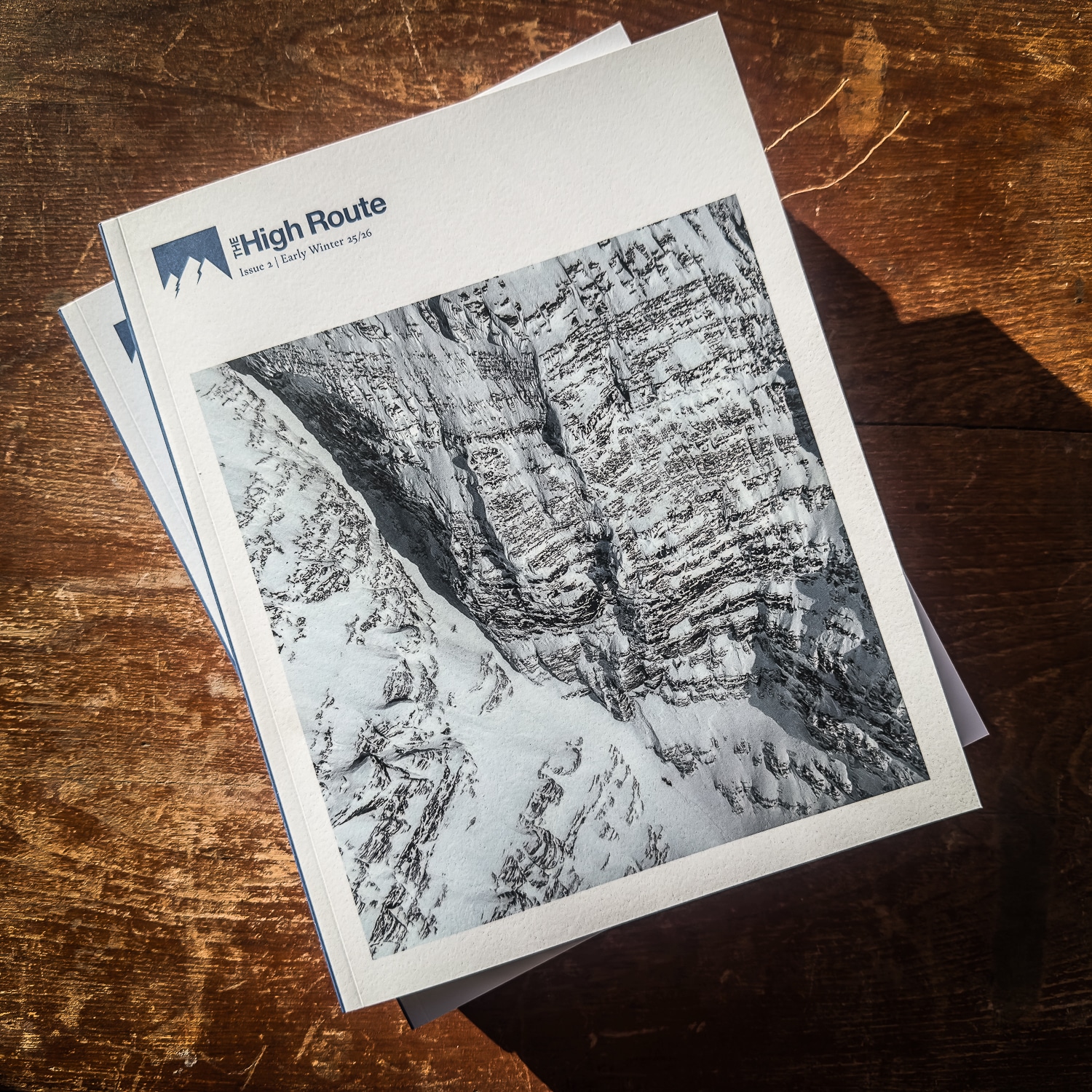


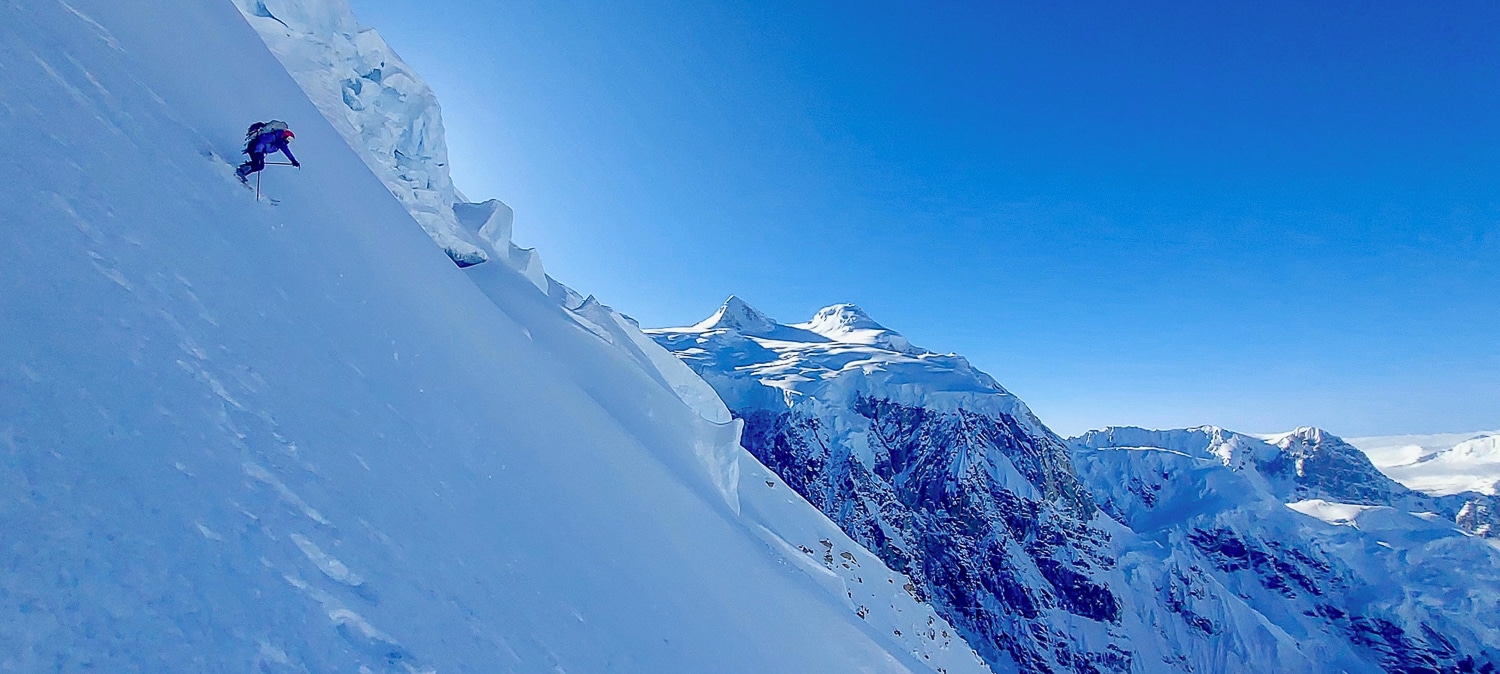
Leave a Reply
You must be logged in to post a comment.